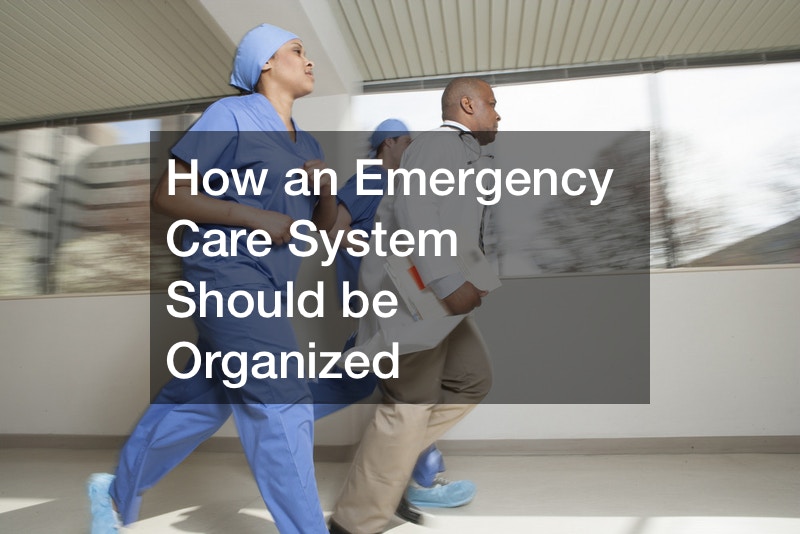
Disclaimer: This website provides health information for educational purposes only and is not a substitute for professional medical advice, diagnosis, or treatment. Always seek the guidance of a qualified healthcare provider with any questions you may have.
Every day, millions of individuals around the world require emergency care. A well-organized and integrated emergency room care allows people to be cared for in a timely manner in reduce the impact of a broad range of health conditions
System Activation: During an emergency, bystanders are usually the first respondents and are essential to offer first aid until professional care arrives. Via Access Number, bystanders activate the system in order to dispatch qualified pre-hospital providers.
Care at the scene:Once on the scene, medical doctors can quickly access and stabilize the patient in preparation for transport. They identify the destination hospital that can best offer the needed care using a defined protocol.
Transfer and Transport: During transportation, the patient’s condition is constantly checked and interventions are carried out. In an ambulance, there are two personnel: the driver and the one managing the patient during transportation. Communication between the ambulance personnel and the destined hospital should be kept open if necessary.
Handover and triage During handover at the hospital, ambulance staff swiftly provide important information to medical professionals. As patients arrive, they are triaged to different sections to ensure that life-threatening conditions are identified and that all patients receive the care they require at the time they require it.
Emergency Unit CareAfter receiving emergency room care, patients may be admitted to different hospital units for additional inpatient care, transferred to another facility, or sent home following treatment. An effective emergency care system needs guidance, standards
.
